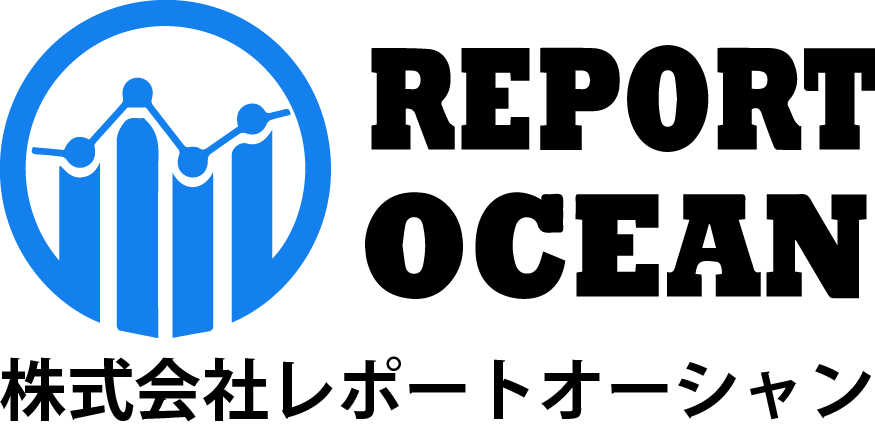日本コネクテッドカー市場規模、シェア、競争環境、動向分析レポート:ネットワーク別(3G、4G-LTE、5G)、システム別(組み込みシステム、テザー)、車両別(内燃機関(ICE)車、電気自動車/ハイブリッド車)、通信別(車両からインフラ、車両から車両、車両から歩行者、車両からクラウド、その他)、販売チャネル別(相手先ブランド製造(OEM)、アフターマーケット)、用途別(ナビゲーション、安全、エンターテインメント)、コンポーネント別(セントラルゲートウェイ、ヘッドユニット、電子制御ユニット(ECU)、テレマティクス制御ユニット(TCU)、その他)別:2024 年から 2032 年までの機会分析と業界予測
レポートID : ROJP0524102 |
最終更新 : 2024年05月 |
フォーマット : ![]() :
: ![]() :
: ![]()
Table of Contents
1. Research Methodology
2. Project Scope & Definitions
3. Impact of Covid-19 on Japan Connected Cars Market
4. Impact of Russia-Ukraine War
5. Executive Summary
6. Voice of Customer
6.1. Demographics (Age, Geography, Income, etc.)
6.2. Brand Recognition and Recall Rate
6.3. Factors Considered in Purchase Decision
6.3.1.Reliability
6.3.2. Design and Safety Features
6.3.3. Technology and Entertainment
6.3.4.Repair and Maintenance
6.3.5.Roadside Assistance
6.3.6.Reviews and Recommendations
6.4. Product Customization
6.5. Medium of Purchase for Add On Features
7. Japan Connected Cars Market Outlook, FY2017-FY2031
7.1. Market Size & Forecast
7.1.1.By Value
7.1.2.By Volume
7.2. By Network
7.2.1. 3G
7.2.2. 4G-LTE
7.2.3. 5G
7.3. By System Type
7.3.1. Embedded System
7.3.2. Tethered
7.4. By Components
7.4.1. Central Gateway
7.4.2. Head Unit
7.4.3. Electronic Control Unit (ECU)
7.4.4. Telematics Control Unit (TCU)
7.4.5. Others
7.5. By Vehicle Type
7.5.1. Internal Combustion Engines (ICE) Vehicle
7.5.2. Electric/ Hybrid Vehicle
7.6. By Communication Type
7.6.1. Vehicle to Infrastructure
7.6.2. Vehicle to Vehicle
7.6.3. Vehicle to Pedestrian
7.6.4. Vehicle to Cloud
7.6.5. Others
7.7. By Sales Channel
7.7.1. Original Equipment Manufacturer (OEM)
7.7.2. After Market
7.8. By Application
7.8.1. Navigation
7.8.2. Safety
7.8.3. Entertainment
7.9. By Region
7.9.1.North
7.9.2. South
7.9.3. Central
7.10. By Company Market Share (%), FY2023
8. Market Mapping, FY2023
8.1. By Network
8.2. By System Type
8.3. By Components
8.4. By Vehicle Type
8.5. By Communication Type
8.6. By Sales Channel
8.7. By Application
8.8. By Region
9. Macro Environment and Industry Structure
9.1. Supply Demand Analysis
9.2. Import Export Analysis
9.3. Value Chain Analysis
9.4. PESTEL Analysis
9.4.1.Political Factors
9.4.2.Economic System
9.4.3.Social Implications
9.4.4.Technological Advancements
9.4.5.Environmental Impacts
9.4.6.Legal Compliances and Regulatory Policies (Statutory Bodies Included)
9.5. Porter’s Five Forces Analysis
9.5.1.Supplier Power
9.5.2.Buyer Power
9.5.3.Substitution Threat
9.5.4.Threat from New Entrant
9.5.5.Competitive Rivalry
10. Market Dynamics
10.1. Growth Drivers
10.2. Growth Inhibitors (Challenges and Restraints)
11. Key Players Landscape
11.1. Competition Matrix of Top Five Market Leaders
11.2. Market Revenue Analysis of Top Five Market Leaders (in %, FY2023)
11.3. Mergers and Acquisitions/Joint Ventures (If Applicable)
11.4. SWOT Analysis (For Five Market Players)
11.5. Patent Analysis (If Applicable)
12. Pricing Analysis
13. Case Studies
14. Key Players Outlook
14.1. Toyota Motor Corporation
14.1.1. Company Details
14.1.2. Key Management Personnel
14.1.3. Products & Services
14.1.4. Financials (As reported)
14.1.5. Key Market Focus & Geographical Presence
14.1.6. Recent Developments
14.2. Volvo AG
14.3. Bayerische Motoren Werke AG
14.4. Mercedes-Benz Japan Co., Ltd.
14.5. Volkswagen Group
14.6. Honda Motor Co.
14.7. Nissan Motor Co., Ltd.
14.8. Hyundai Motor Company
14.9. Kia Motors Corporation
14.10. MG Motor
*Companies mentioned above DO NOT hold any order as per market share and can be changed as per information available during research work
15. Strategic Recommendations
16. About Us & Disclaimer
無料サンプルを入手する ![]()
この無料サンプルには、トレンド分析から推定・予測まで、さまざまなデータが含まれています。
最新レポート
お問い合わせ
-
- JAPAN : 03-6899-2648
-
- EMAIL : [email protected]







